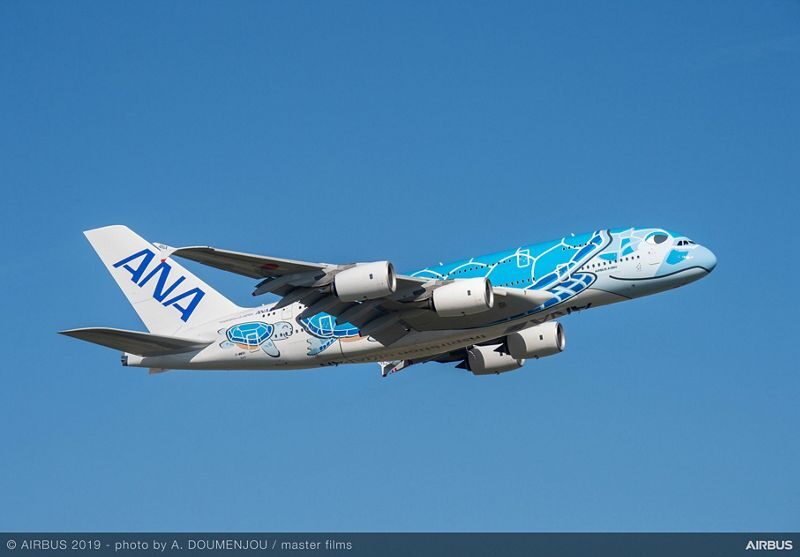Aerospace
ANA will operate daily flights on the Airbus A380 FLYING HONU for the first time since March 2020
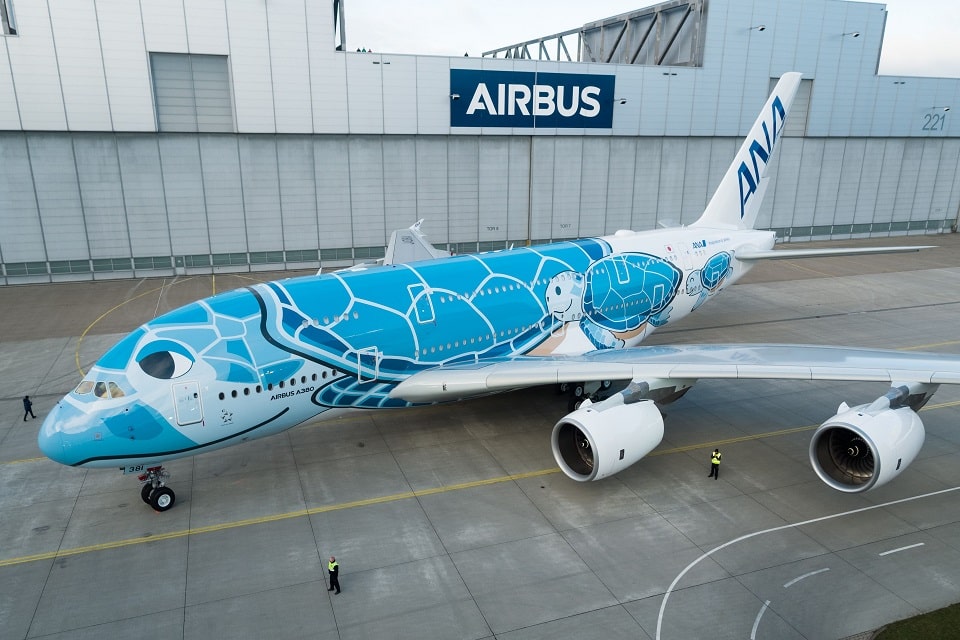
-
・From April 20, ANA will operate daily flights on the Airbus A380 FLYING HONU for the first time since March 2020. In addition, we will operate 2 roundtrips per day on the Tokyo (Haneda/Narita) – Honolulu route, and further, we will resume service on the Narita-Honolulu NH182/181 flights from July 21, and operate a total of 3 daily roundtrips to/from Tokyo during the summer vacation period.
-
・Starting at the end of March, ANA will increase the number of flights on the Haneda – New York route to 10 roundtrips per week. From September, we will add another 4 roundtrips, making 2 roundtrips daily.
-
・In response to strong demand, ANA will increase the number of flights on the Haneda-Seoul (Gimpo) route to 3 daily roundtrips from mid-March.
[adinserter block=”2″]
TOKYO, Jan. 31, 2023 – All Nippon Airways (ANA) has announced updates to its flight schedule for fiscal year 2023 (FY2023). In addition, select flights from February 16, 2023 will be increased in response to new trends in demand.
The summary of today’s announcement regarding route changes on international flights is given below. Please visit the ANA website![]() for more details about flight operations.
for more details about flight operations.
Overview of the Schedule (February – March 2023):
The following is an overview of the flight schedule from February 1, 2023 to March 25, 2023, including today’s announcement.
[adinserter block=”3″]

Schedule for February16 – March 25, 2023:

Read more: Click here

Aerospace
Boeing Transfers Rocket Stage to NASA, Paving Way for Human Moon Mission
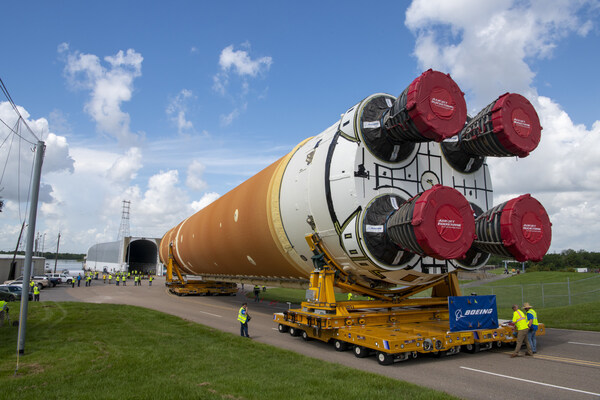
Boeing has achieved a significant milestone by providing NASA with the second core stage of the Space Launch System (SLS) rocket.
This crucial component, crafted at NASA’s Michoud Assembly Facility (MAF), is set to propel the Artemis II crew into lunar orbit, marking humanity’s return to deep space after a 50-year hiatus.
The monumental Boeing-built rocket stage, the largest element of the Artemis II mission, will embark on a journey aboard the Pegasus barge, traveling 900 miles to NASA’s Kennedy Space Center.
Comparison of two legendary aircraft B777x vs B747 aircraft:Click here
Upon arrival, it will be meticulously integrated with other essential Artemis II components, including the upper stage, solid rocket boosters, and NASA’s Orion spacecraft within the iconic Vehicle Assembly Building. This intricate integration process is a vital step toward the eagerly anticipated Artemis II launch, slated for 2025.
“Boeing-built products helped land humankind on the moon in 1969, and we’re proud to continue that legacy through the Artemis generation,” remarked Dave Dutcher, vice president and program manager for Boeing’s SLS program. “Together, with NASA and our industry partners and suppliers, we are building the world’s most capable rocket and paving the way to deep space through America’s rocket factory in New Orleans.”
NASA, Lockheed Martin Reveal X-59 Quiet Supersonic Aircraft:Click here
The delivery of Core Stage 2 marks a significant achievement in the evolution of the SLS rocket. Towering over 200 feet and powered by four RS-25 engines, this core stage, coupled with two solid-fueled booster rockets, will generate a staggering 8.8 million pounds of thrust. This immense power is crucial to launching Artemis II and future missions into the vast expanse of space.
The SLS rocket stands unparalleled in its capability to transport both crew and substantial cargo to the moon and beyond in a single launch. Its extraordinary capacity will facilitate the delivery of human-rated spacecraft, habitats, and scientific missions to destinations including the moon and Mars, ushering in a new era of space exploration.
-
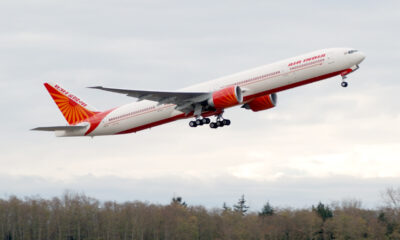
 Travel1 week ago
Travel1 week agoAir India to Expand US Operations with Three New Routes After a Decade
-

 Travel2 weeks ago
Travel2 weeks agoWhy We Should Avoid These Stamps in a Passport
-
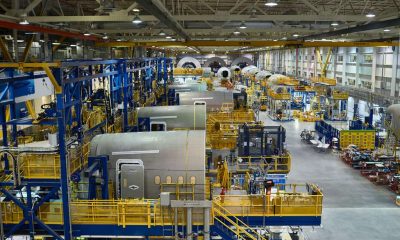
 Airlines1 month ago
Airlines1 month agoInvestigations Reveal Fake Chinese Titanium in Boeing and Airbus Jets
-
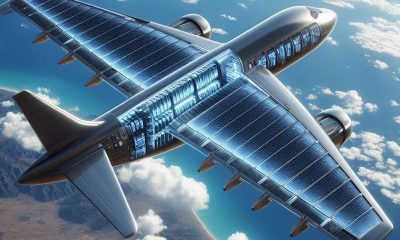
 Tech4 weeks ago
Tech4 weeks agoChina’s CATL Plans 1,800-Mile Electric Plane Launch by 2027
-
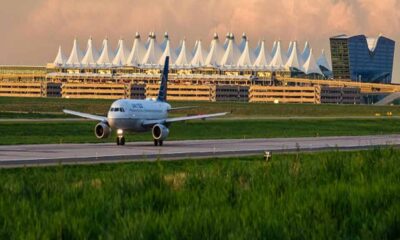
 Airport3 days ago
Airport3 days agoTop 10 Largest Airports in the World by Size
-
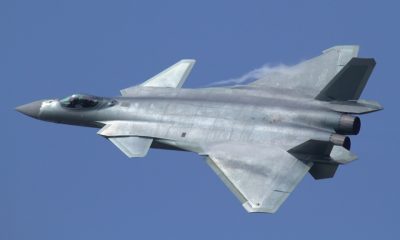
 Aerospace4 weeks ago
Aerospace4 weeks agoChina’s Fighter Jets Turn Wings into Autonomous Drones
-
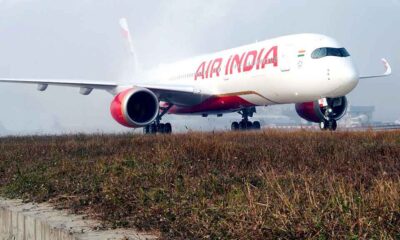
 Airlines4 days ago
Airlines4 days agoAir India Rolls Out A350s for Delhi-New York JFK and Newark Routes
-
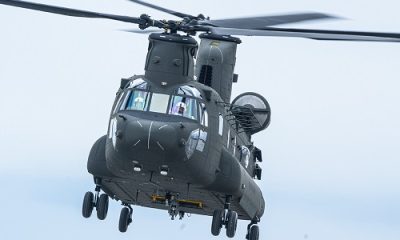
 Defence3 weeks ago
Defence3 weeks agoBoeing Enhances Chinook with New Engines and Block II Upgrades at $96 Million

